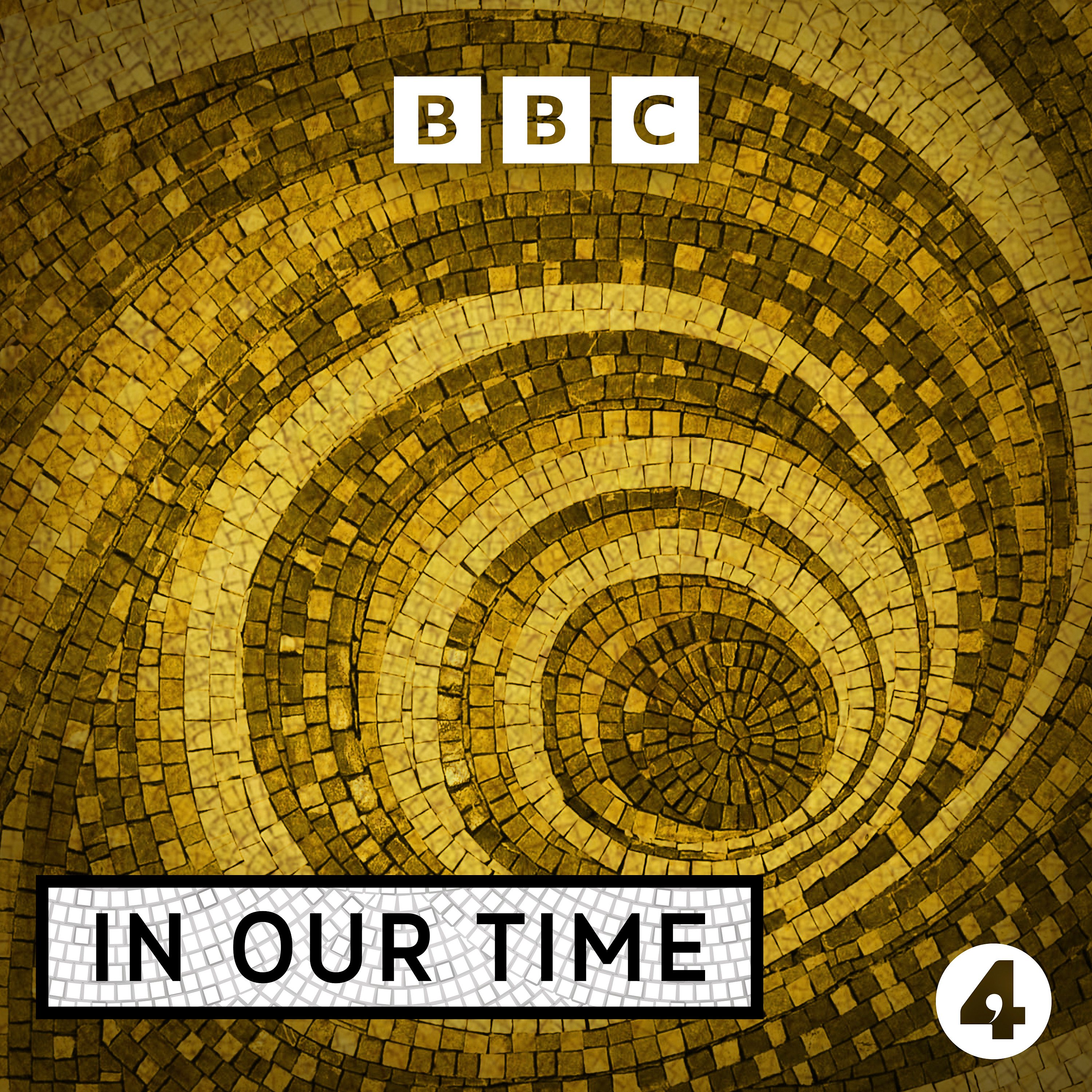
Crystallography
In Our Time
Melvyn Bragg and his guests discuss the history of crystallography, the study of crystals and their structure. The discovery in the early 20th century that X-rays could be diffracted by a crystal revolutionised our knowledge of materials. This crystal technology has touched most people's lives, thanks to the vital role it plays in diverse scientific disciplines - from physics and chemistry, to molecular biology and mineralogy. To date, 28 Nobel Prizes have been awarded to scientists working with X-ray crystallography, an indication of its crucial importance. The history of crystallography began with the work of Johannes Kepler in the 17th century, but perhaps the most crucial leap in understanding came with the work of the father-and-son team the Braggs in 1912. They built on the work of the German physicist Max von Laue who had proved that X-rays are a form of light waves and that it was possible to scatter these rays using a crystal. The Braggs undertook seminal experiments which transformed our perception of crystals and their atomic arrangements, and led to some of the most significant scientific findings of the last century - such as revealing the structure of DNA. With: Judith Howard Director of the Biophysical Sciences Institute and Professor of Chemistry at the University of Durham Chris Hammond Life Fellow in Material Science at the University of Leeds Mike Glazer Emeritus Professor of Physics at the University of Oxford and Visiting Professor of Physics at the University of Warwick Producer: Natalia Fernandez.Next Episodes

The Borgias @ In Our Time
📆 2012-11-22 12:30 / ⌛ 00:41:58

Simone Weil @ In Our Time
📆 2012-11-15 12:30 / ⌛ 00:42:06

The Upanishads @ In Our Time
📆 2012-11-08 12:30 / ⌛ 00:42:00

The Anarchy @ In Our Time
📆 2012-11-01 12:30 / ⌛ 00:42:12

Fermat's Last Theorem @ In Our Time
📆 2012-10-25 12:30 / ⌛ 00:42:06